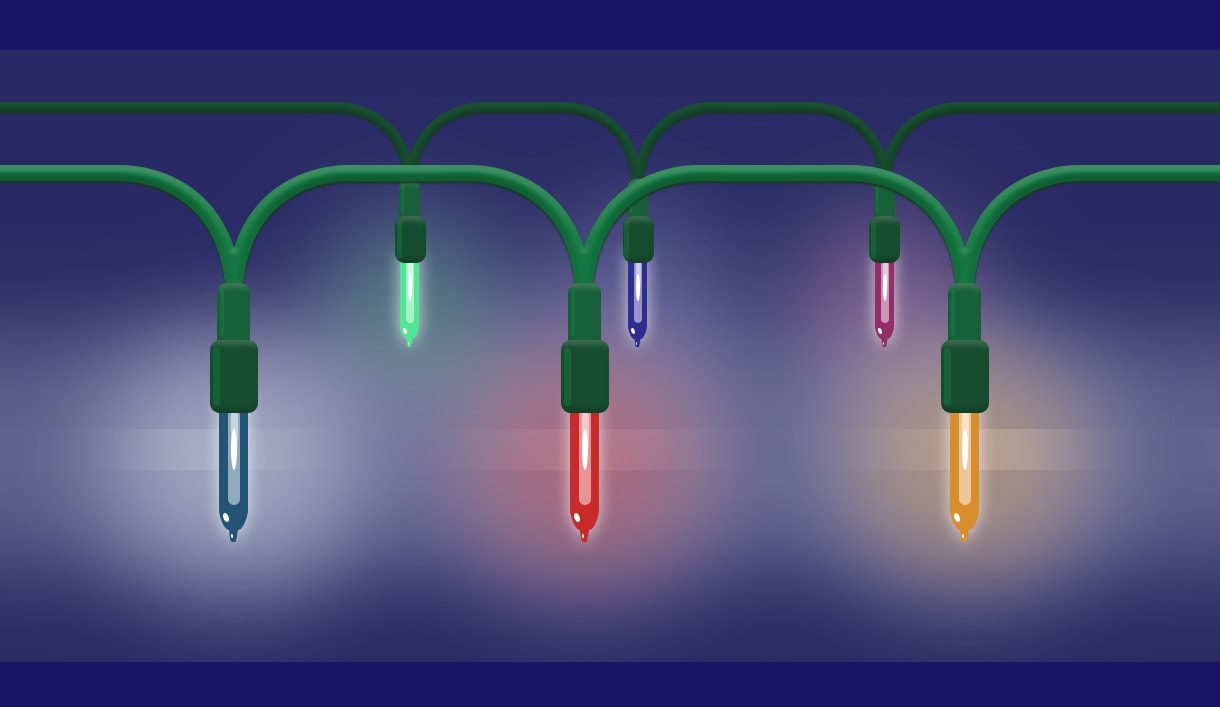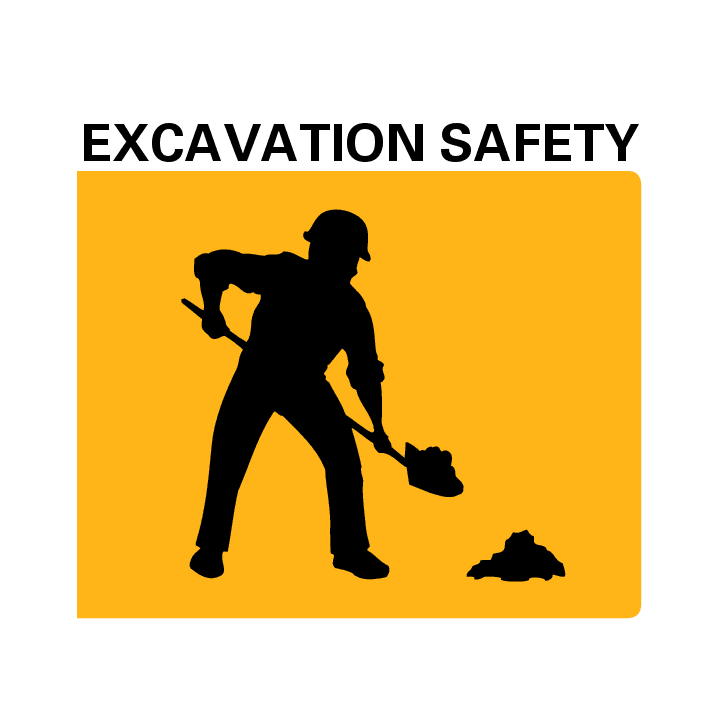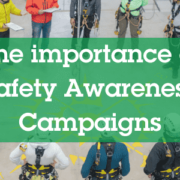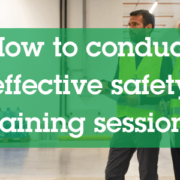SHEilds Christmas Gifts #1 – Electrical Safety
Free Safety Tips for the Season
It’s that time of year again! Time to start getting serious about Christmas shopping, dig out the annual decorations and of course switch on our seasonal lights.
There’s an undeniably positive boost created by lights covering the inside and outside of the household; whether it’s to brighten up dark winter days, amaze your children with a starry house makeover or perhaps as a bit of friendly competition with the neighbours! While all this is in good fun though it’s important to remember that while these lights are pretty, they’re still a potentially dangerous product that should be put up and maintained with appropriate care.
To help keep anyone in doubt safe this Christmas I’ve created a quick rundown of things to check before you begin illuminating your home.
Instructions First, Aesthetics Last
When working with Christmas lights most people’s first concern will be to make the house stand out, however before setting them up it is vitally important to consider their specifications and safety requirements. Your use will need to take account of workload, temperature and most of all if they are exclusively for indoor or outdoor use.
When installing lights it is vital to follow instruction, I can understand there will be some people out there who think they do not need to read a manual but regardless you should check the instructions of any electrical appliance at least once. One mistake could be the difference between life or death; there may be specific requirements and consequent risks you haven’t taken account of.
If no instructions are present in any form then it may likely be suggestive of an illegal knock off; be sure to check for other indicators of a dangerous design such as incorrectly spaced plug pins or absent manufacturer markings. If you have any doubts as to authenticity don’t chance it; have a professional check it for further clarification or get a safe replacement.
No matter how pretty (or cheap) lights may be there should never be justification to risk a serious house fire.
Re-using Lights and Power Management
For all those who re-use the same lights each December; checking their cables and bulbs should be standard annual practice. As with the example of counterfeit electricals there should be no grey area or winging it; if cables exhibit any fraying or bulb fixtures have come loose they should not be plugged in. Taping over damage won’t negate the threat either, replacement or professional repairs should be the only options.
If you’re purchasing second hand Christmas lights be sure to have them checked by a licensed electrician to make sure they are safe to use. Safety requirements for Christmas lights have changed in recent years, and due to the change some second-hand lights may not meet the latest safety requirements.
When it comes to connecting lights with a power supply, keeping sockets on different circuits could be important to prevent an overload and possible fire. Extension leads present the tempting possibility of freeing up extra sockets and conveniently connecting all our lights in one place, but this convenience could come at a much higher cost than anticipated. If you’re running out of sockets for lights consider moving some to another room and rethinking your arrangement slightly.
Childproofing is an additional peripheral concern that shouldn’t be neglected; while you may be confident of your lighting setup’s safety ensure young children are not allowed to tamper with lights. Inform them of the dangers, appropriately supervise when lights are on and ideally fix them well out of reach.
Should the worst occur, it can never be overstated how important it is to have a functional smoke alarm, preferably for each floor of your home. While you’ve got your ladders out start making a habit of testing your alarms and should one stop working don’t wait, get it immediately replaced.
High Powered Lights and Large Displays
Using multiple high-powered lamps will typically increase the risk of overloading electric circuits, therefore keeping to lower wattage lamps and bulbs will reduce the risk of a hazard developing.
If you still intend to use high powered lights and there is significant danger of an overload, an RCD circuit breaker connected to your mains board is strongly recommended. RCDs (Residual Current Device) offer a level of personal protection that ordinary fuses and circuit-breakers cannot provide. Potentially life-saving, these devices are designed to prevent you from getting a fatal electric shock if you touch something live – such as a bare wire – while also providing some protection against electrical fires.
When installing a high volume of lights to one area it is very important to limit the number of plugs in one double socket as this can lead to a burn out. Furthermore, when using lights with long leads it is also advisable to unravel the leads to minimise the dangers of over-heating cables.
As mentioned previously, ensure all your lights are fit for purpose; if they are specifically intended for outdoor or indoor use then this shouldn’t be ignored. The manufacturer will not have taken account of the risks involved and thus there will be absolutely no guarantees of safe usage.
A Final ‘Illuminating’ Thought
With all this said, the whole purpose of Christmas lights is to bring a spark of life and joy to cold December nights setting the mood for the season ahead of the 25th. Following a few basic precautions ensures our lights stay firmly in their bulbs and don’t become a life-threatening blaze
So, with that said stay safe and have a wonderful Christmas!
Aaron Markham









Leave a Reply
Want to join the discussion?Feel free to contribute!